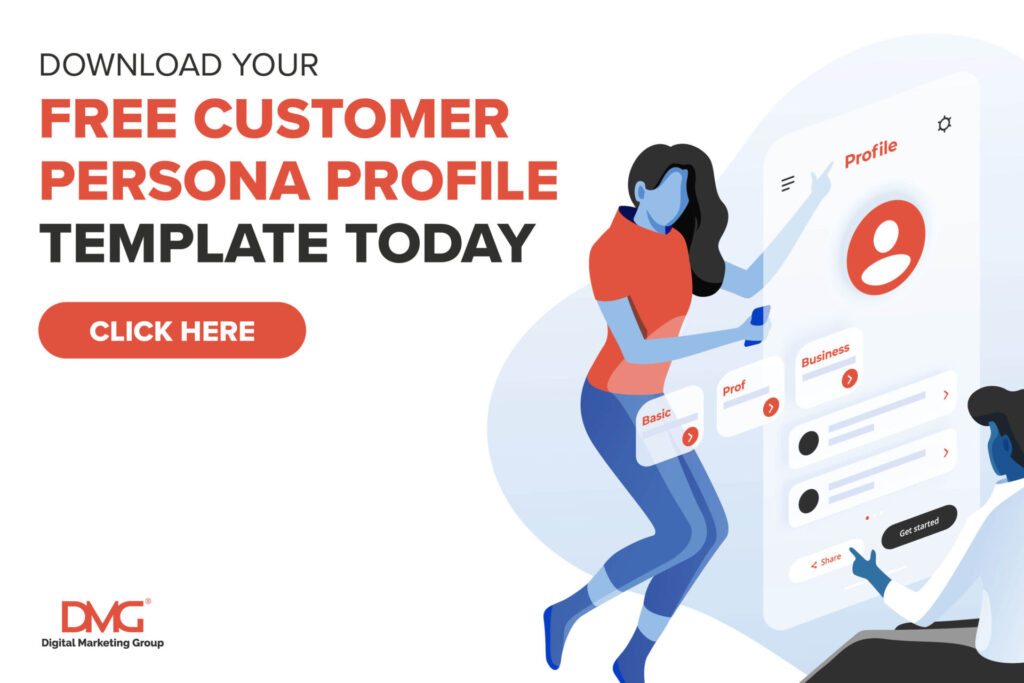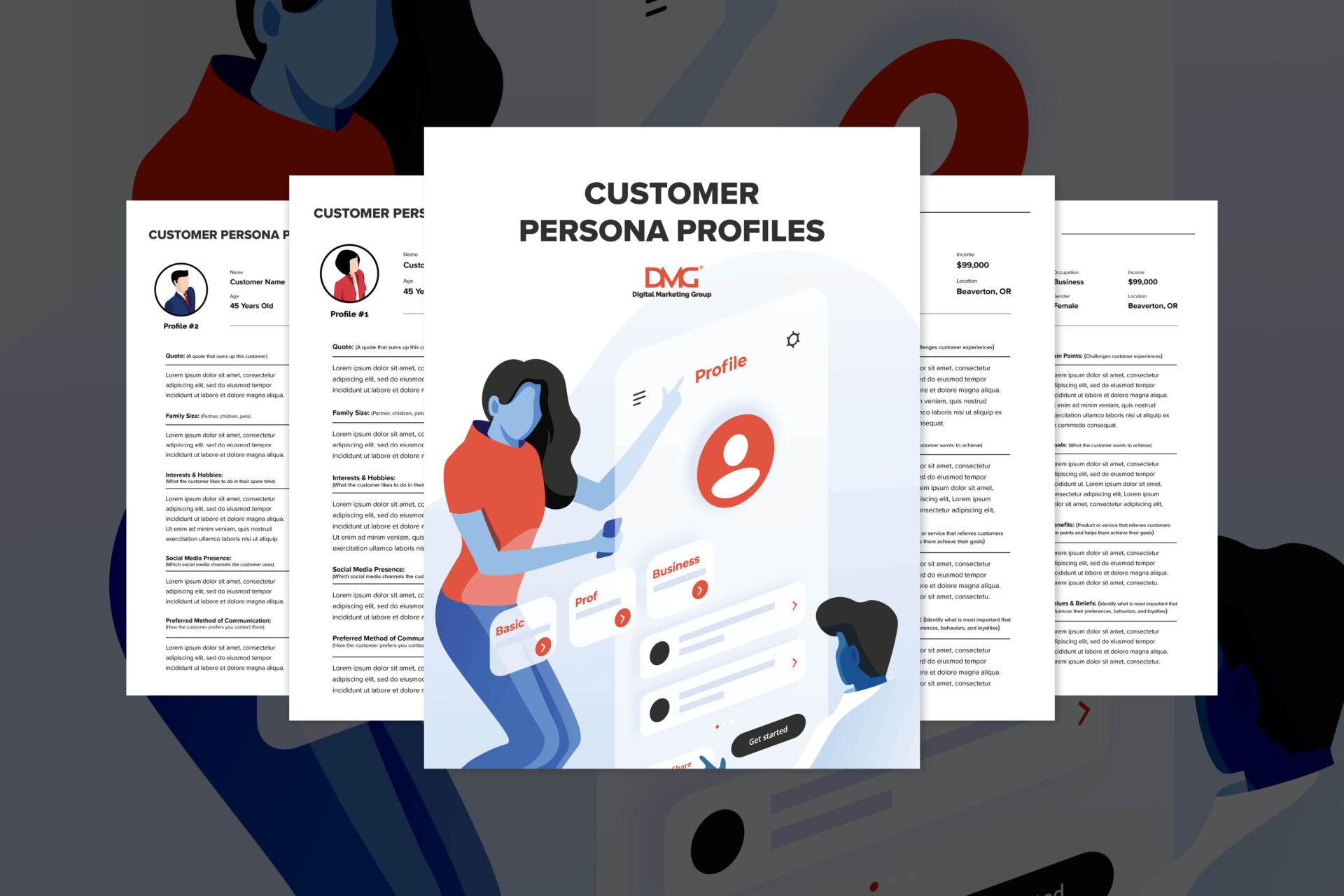To achieve a successful marketing campaign across any industry, it is imperative to segment your audience into distinct and approachable target markets.
A target market is a specific group of people that have been identified as the most likely potential customers for a product or service due to shared characteristics. These characteristics include age, lifestyle, income, habits, and interests.
It can be tempting to jump straight into a marketing campaign, but understanding your customer is the first step to success.
In this article we will cover two things:
- What types of data can be segmented
- How to collect that data
Let’s take a look at the type of data that can be collected, then we will use that to create a target customer profile.
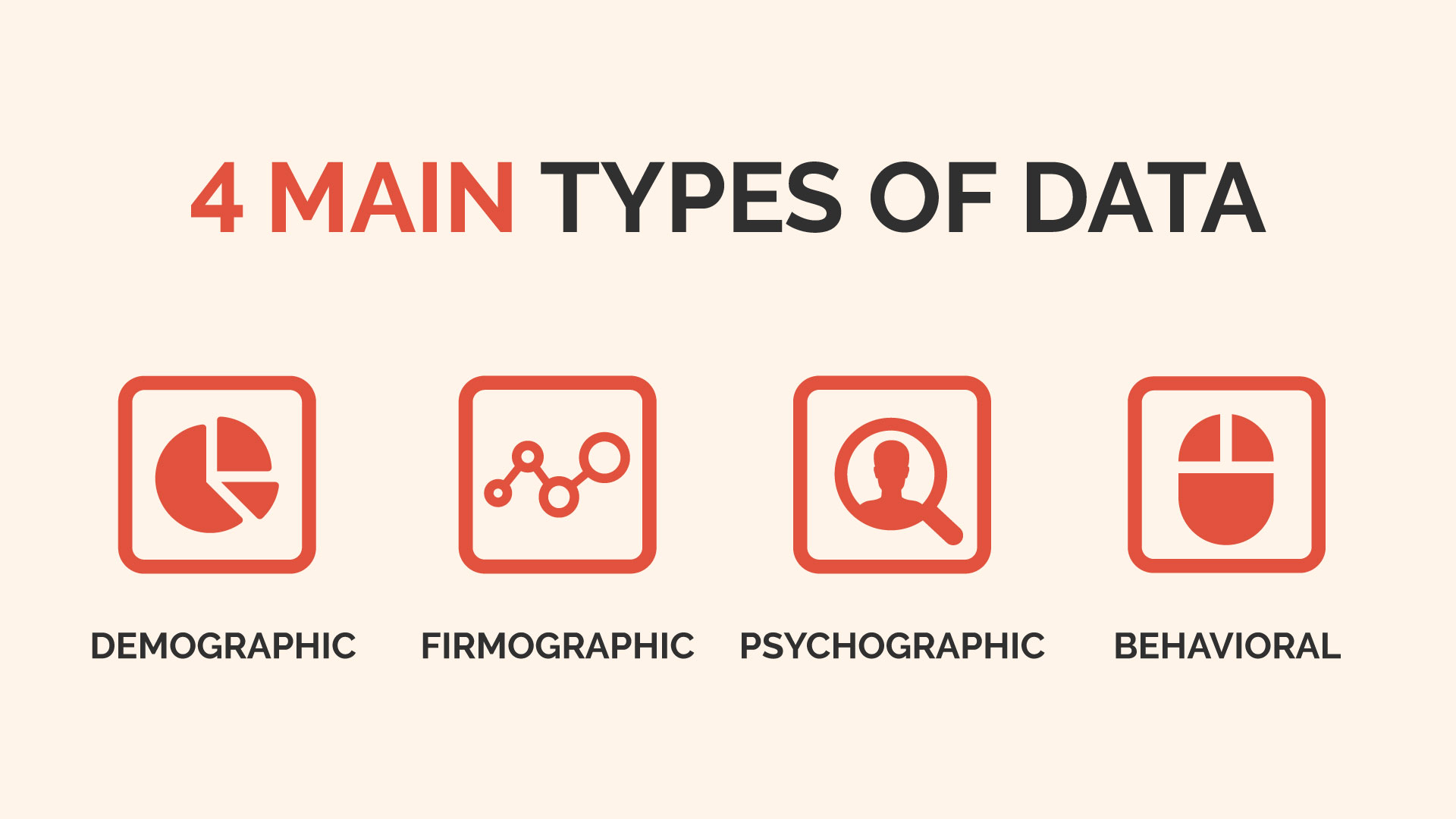
Demographic
Demographic targeting is the most common marketing strategy, involving the segmentation of an audience based on specific demographic criteria. This approach facilitates a comprehensive understanding of the fundamental composition of your target customer base.
Examples of demographic data:
- age
- gender
- religion
- marital status
- family size
- education
- income
A simple way to get demographic data is by having the new Google Analytics 4 (GA4) installed on your website.
You must make sure you turn the demographics data collection tool ON, otherwise GA4 will not gather demographic data on your site users.
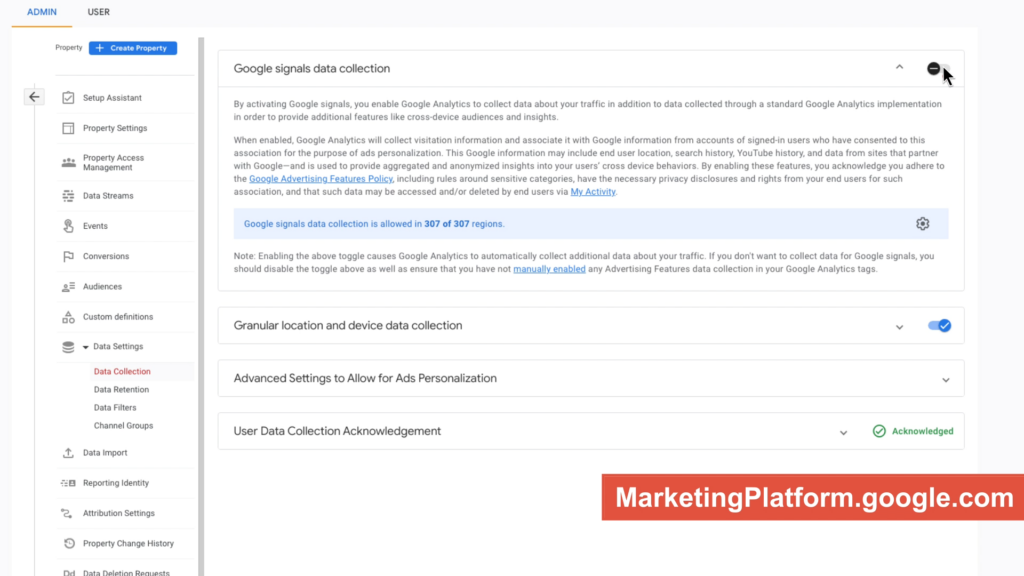
Psychographic
Psychographic targeting includes personality traits and attitudes of your customers. While demographic is more information-based data, psychographic can help you understand why customers make purchasing decisions.
This segmentation will allow you to gain deeper insights into your target market by understanding the motivation of your ideal customer.
Examples of psychographic data:
- personality
- lifestyle
- attitudes
- opinions
- values
- interests
Psychographic data can be collected through focus groups, market research, website traffic data, and visitor feedback. Understanding the common questions potential customers ask allows you to gain insights into your target market’s perceived value.
A great free tool to help you collect these common questions is Keywords People Use.
Dig Deeper
Looking For Better Customers? Try Retargeting
How Your Customer Lifetime Value Impacts Your Targeted Marketing
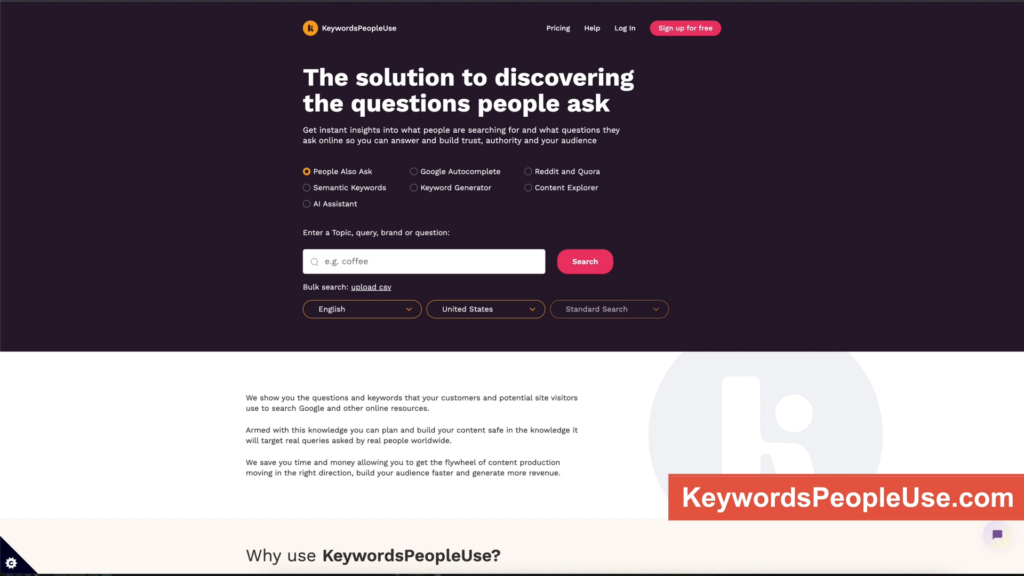
Behavioral
Behavioral data is ELITE.
Behavioral targeting is the type of segmentation that groups customers based on shared behaviors, such as using the same apps or purchasing alike products.
Don’t get me wrong, demographics data is great, but modern behavioral segmentation is insights collected from buyers’ actions and is extremely effective.
Examples of Behavioral Data:
- abandoning an online shopping cart
- any website engagement
- item in an online shopping cart
- newsletter enrollment
- creating an account on your business website
- engaging with a social media post
- downloading something from your website
It can be challenging for individuals and companies to collect and analyze customer behavior data, but a lot of it can be gathered by reviewing by taking a deep dive into customer experiences and interactions with your brand.
I recommend using Hotjar, It’s free up to 3 pages. By using a “heatmap”, you can see how users are behaving on your web page. That’s a good place to start but it’s not even close to everything you can do.
Other types of customer behaviors you may want to research include interactions with your business both online and offline including types of products they purchase and how they use your products or services.
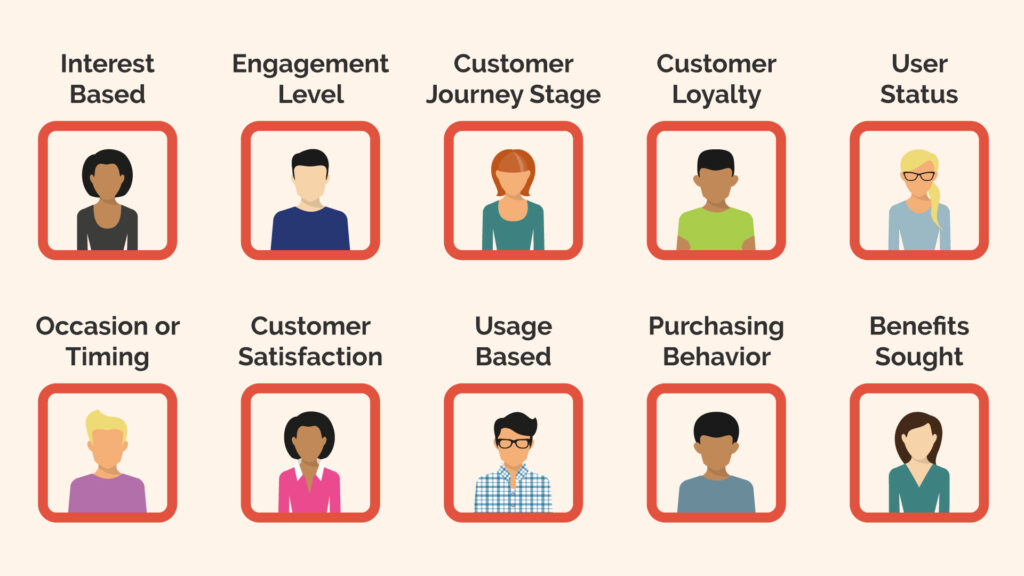
Firmographic
Firmographic segmentation is a type of segmentation that divides customers into groups based on shared company or organization attributes. This type of segmentation is similar to demographics, with the difference being firmographics apply to organizations instead of people.
Examples of Firmographic Data:
- size of the organization
- ownership type
- annual revenue
- company reach
- revenue
- growth information
There are a great deal of third-party organizations that can’t wait to sell you firmographic data, but Dataset Search is an amazing Google tool to find where specific company data lives.
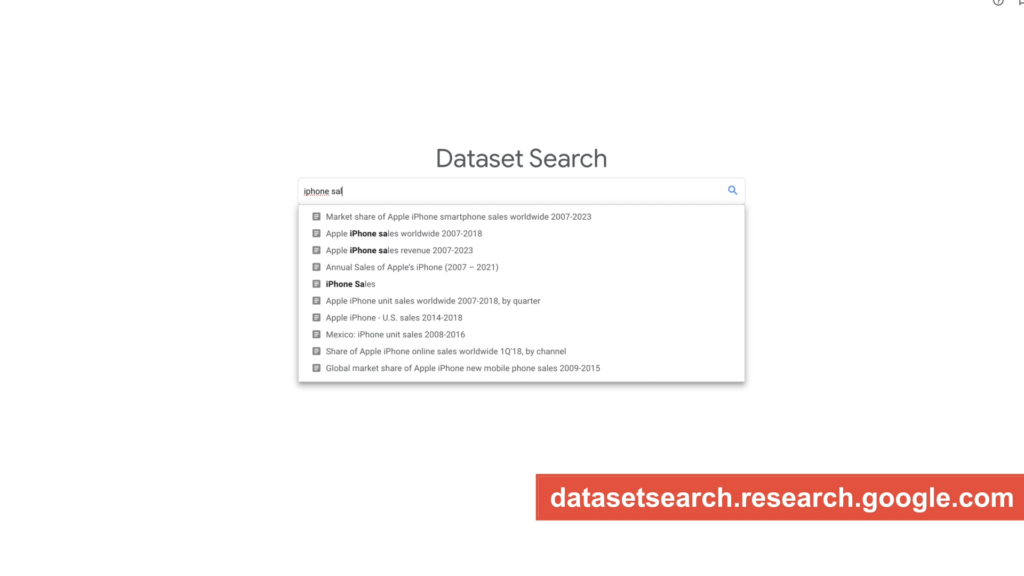
Making your perfect target market profile
Now that we understand the types of data that can be collected, we can start making a target market profile for our primary market.
Your primary target market will be the segment of a marketplace that you believe will give you the best chance to make a sale. They will be a specific group of consumers you want to attract to your product or service using target marketing.
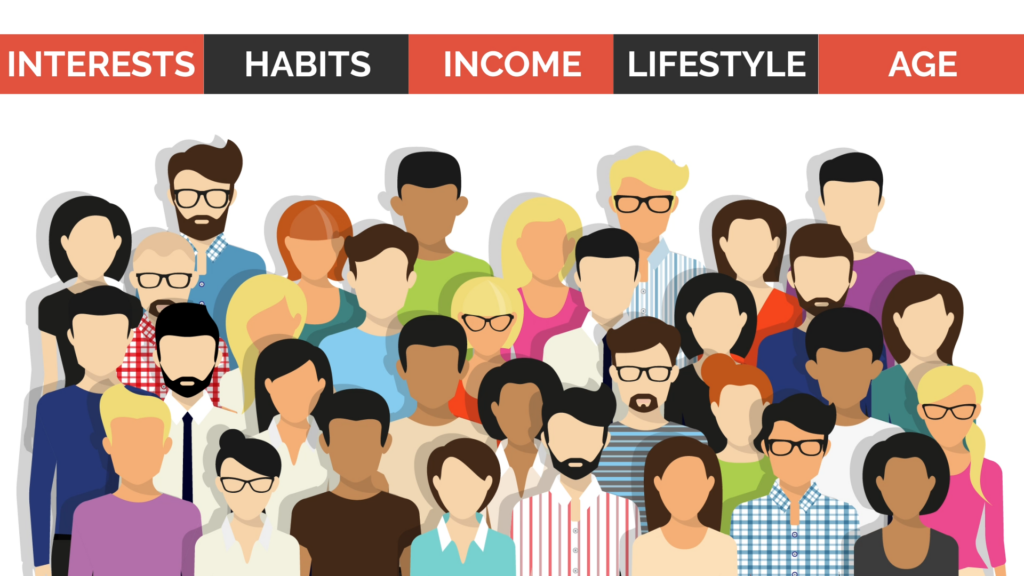
Creating a detailed target customer profile can help you understand your target market’s needs and preferences and develop effective marketing messages that resonate with them.
Our free Customer Persona Template is a fillable PDF that guides you through creating two customer profiles to help you create your marketing segmentations.
